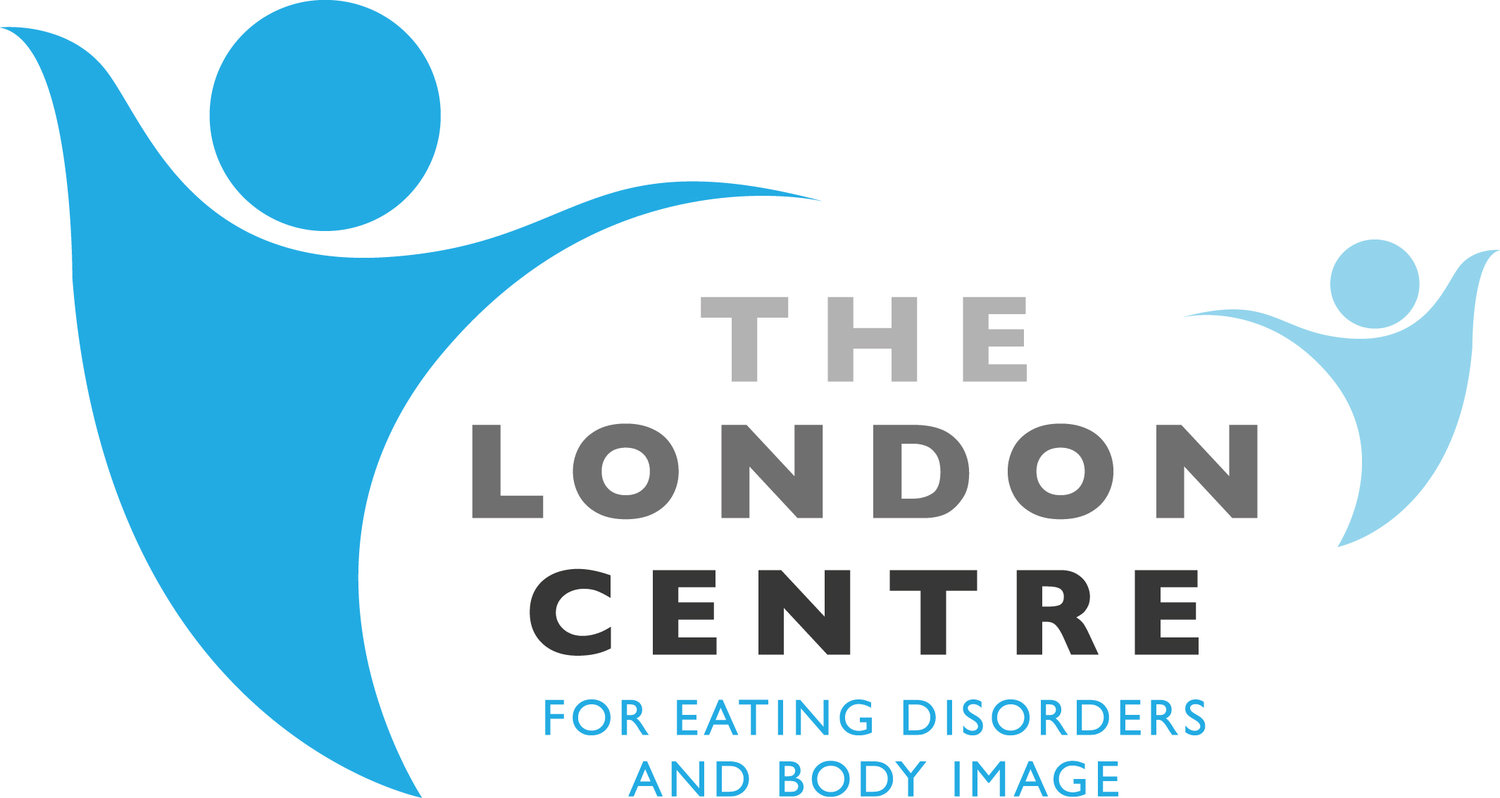When Does Low Confidence Turn Into Body Dysmorphic Disorder?
Almost everyone feels unhappy about the way they look at some point in their life, but these thoughts usually come and go and can be forgotten.
However, for someone with BDD, the thought of a flaw is very distressing and does not go away. People develop ‘safety behaviours’ which are designed to reduce the anxiety that a person feels about their appearance. Examples of safety behaviours can include applying thick layers of makeup, having regular cosmetic procedures, constant body checking in windows or reflective glass, or constant reassurance seeking from others. In BDD the person strongly believes they are ugly or defective and that others perceive them in this way. This belief is extremely pervasive, often despite constant reassurances from others. Because of the impact that BDD can have on a persons life it can often lead to depression, social anxiety and in extreme cases thoughts of suicide.
Do you have BDD?
If you can answer yes to the majority of the following questions then you are probably suffering from body dysmorphia:
Do you worry about the appearance of your face or body?
Do you spend a lot of time thinking and worrying about your appearance?
Do you try to hide or change your appearance in order to stop worrying about it?
Do you find your worry about your appearance affects your job, relationships or social life?
Do you feel very distressed by your appearance?
Are your appearance concerns noticed by your friends and family?
Do your friends or family often try to reassure you about your appearance?
If this sounds familiar to you, it is worth seeking help. Sometimes people feel embarrassed or ashamed - either about the BDD or about their perceived flaws. However, BDD is nothing to be ashamed of. Seeking help is important because your symptoms are unlikely to go away without treatment and may get worse.

